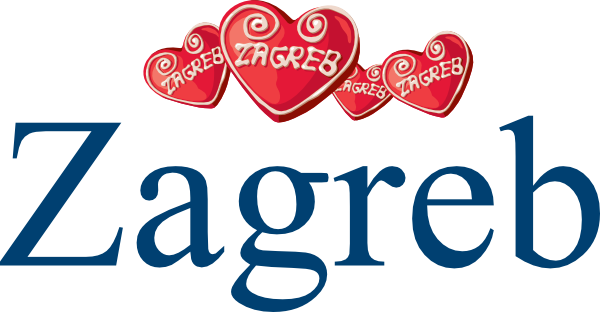Two Days of Zagreb and Surroundings for Art Lovers
Like any decent Central European capital, Zagreb has preserved a lot of rich heritage over its long history. The architecture of buildings and landscape covers different styles, and special details, specific just for Zagreb, give the city its unique character.
Like any decent Central European capital, Zagreb has preserved a lot of rich heritage over its long history. The architecture of buildings and landscape covers different styles, and special details, specific just for Zagreb, give the city its unique character. Museums, galleries, theatres and other cultural institutions form a strong and active art scene, with a healthy dose of bohemian attitude found in numerous cafés, squares and streets. Neither too big nor to small, safe and friendly, Zagreb can give more than enough material to the art-loving type of traveller on a short break. Of course, along with sightseeing and art appreciation, the itinerary also needs to include a bit of socialising, gastronomy and natural beauties.
Day 1
After the obligatory coffee on a terrace of an art-friendly café, take a couple of hours for a walk around the Lower Town. Most buildings date from the 19th and the early 20th century, so you can see some nice examples of historicism or Secession. Don’t forget to stop by the impressive building of the Croatian State Archives on Marulić Square, and Kallina House in Masarykova Street, with its original façade lined with ceramic tiles. On the square where the Croatian National Theatre stands, there are two very important works of the greatest Croatian sculptor, Ivan Meštrović – the Well of Life and the History of Croats. Meštrović’s architectural masterpiece is the round pavilion on Trg žrtava fašizma, an exhibition space with an interesting history. Be sure to take a stroll through the elegant parks and squares that form the so-called Green Horseshoe, where you will find the Art Pavilion, one of the first purpose-built galleries in Southeast Europe, and the Modern Gallery, with a representative collection of Croatian artworks from the 19th and the 20th century. After a traditional lunch near the main square and Dolac food market, go up to the Upper Town. The core of the old Zagreb is full of beautiful palaces and old houses, remnants of times long gone. Here you can find Klovićevi dvori Gallery, a former Jesuit monastery, and Meštrović Atelier. Pass through the Stone Gate and walk down Tkalčićeva Street, the hub of nightlife, and allow yourself a well-deserved break. Take a look at the Gulliver mural in Opatovina, one of the finest examples of street art in Zagreb.
Day 2
It is time to visit the peaceful Kaptol, the former ecclesiastical settlement, once governed and inhabited by priests. It is dominated by the Zagreb Cathedral, one of the symbols of the city, whose interior is a real treasure trove of religious art. Next stop is Mirogoj, Zagreb’s central cemetery and another exceptional work by architect Hermann Bollé. The historicist architecture can be seen in its full splendour, and apart from looking at the graves of many important Croats, simply enjoy a stroll around this public garden and an open-air gallery in one. In the afternoon, cross the Sava River and find yourself in an entirely different place. The development of the modern New Zagreb started not earlier than the second half of the 20th century, and it is a vivid example of the socialist architecture. No wonder that the new and spacious Museum of Contemporary Art is located here, an institution that deserves your full attention. And at the end of the day, go to one of Zagreb’s trendy bistros where you will be served some edible art on the plate.
